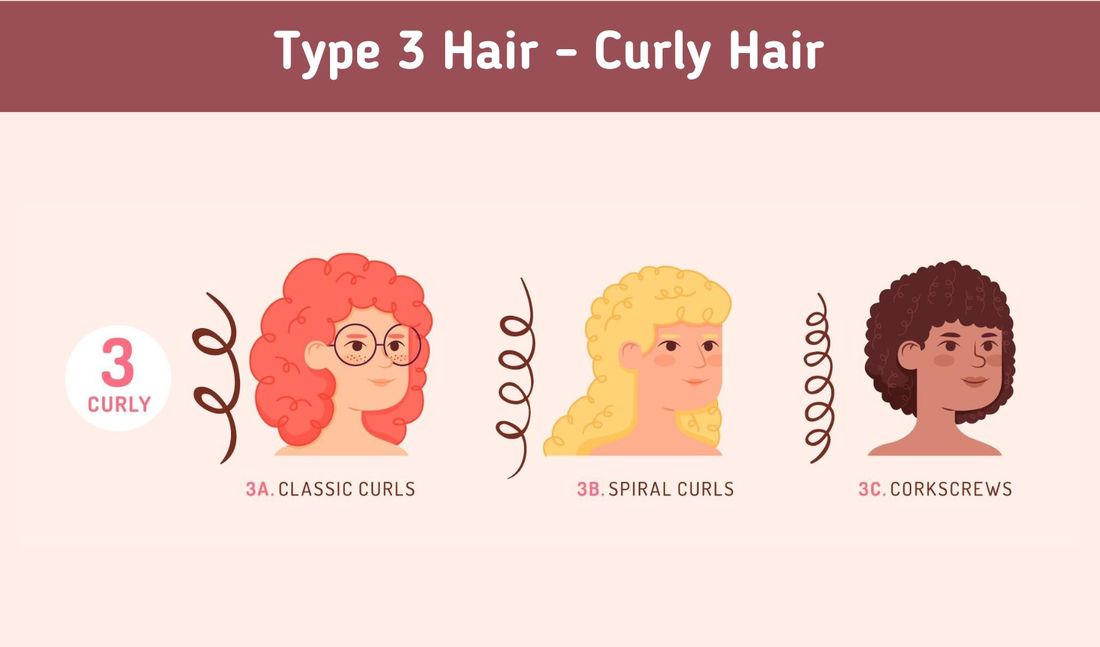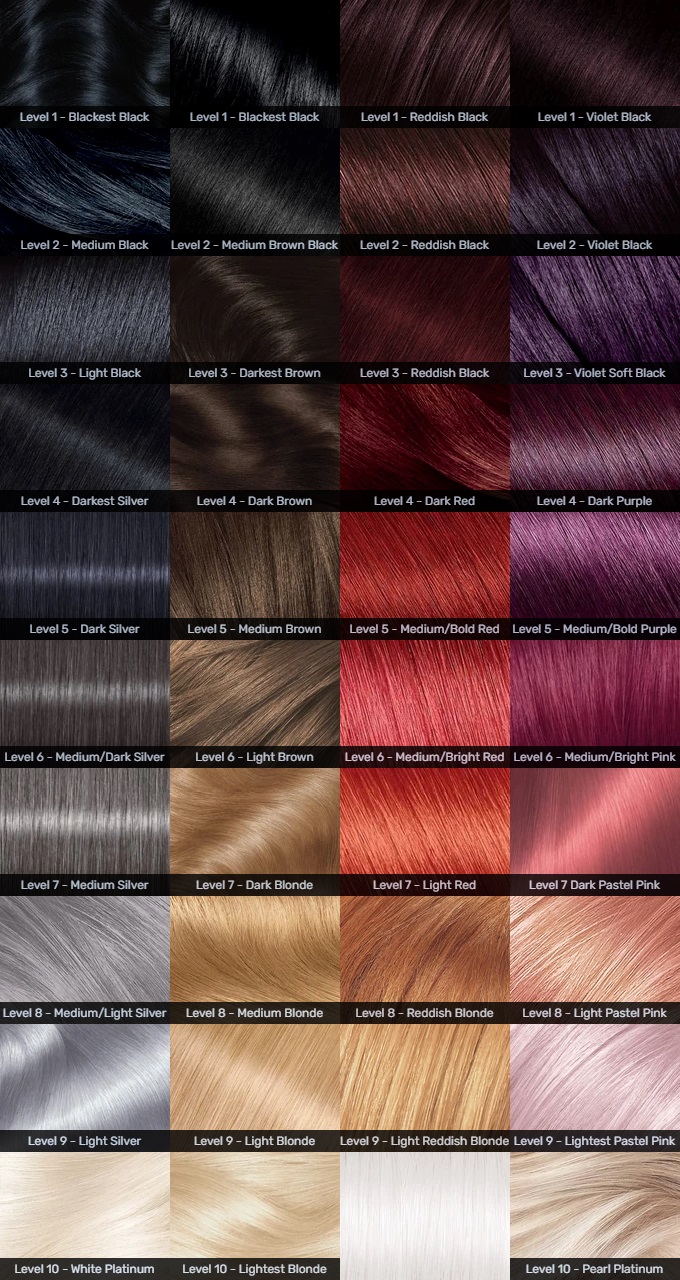Table Of Content

To find out your specific hair type and what care tips to follow, keep reading. How likely your hair is to tangle, its tendency to frizz, and other factors related to hair type can affect whether (and how much) it may be damaged by sleeping with wet hair. A damp pillow or one that has collected residue from hair products could pose a problem for people prone to clogged pores or acne. While the link between sleeping with wet hair and acne is not established, some experts recommend sleeping with clean, dry hair tied or pulled away from the face.

Andre Walker Hair Typing System
To bulk up your intake, look for food products that have vitamin D added, such as some cereals and milk. Hair with high porosity is more fragile and can easily dry out because the cuticle doesn’t trap moisture well. Your hair’s density can be affected by a number of factors, including stress, hormones during pregnancy or menopause, and nutrition. Those holes in the cuticle allow your hair to absorb more moisture. If the climate where you live is humid, your hair may tend to frizz. Though some stylists swear by styles that allow you to tuck away fragile ends to protect them while they grow out, Castillo says these styles often do more harm than good.
How to Wash Curly Hair: DIY Shampoo or Co-Wash Curly Hair
“My first question to anyone who comes into my salon is, ‘What does your hair look like on a humid day? If it lacks moisture, she says, it’s likely porous and will absorb what’s in the air, causing frizz. Essentially, hair porosity is your hair’s ability to absorb and retain moisture, Neal says. If you’re not sure where to start, consult a professional who specializes in your type of hair, or follow someone with your hair type on social media. It’s a good idea to take stock of the products you’re using if your hair density has changed.
Shop type 4 hair products
It remains straight but has more texture than straight hair types like 1A. For instance, 1A is pin-straight from root to tip and lacks body or volume. If your hair is entirely straight with some texture but without waves, it’s more likely 1C.
Be mindful that the two types of human hair should match in texture, color, and length. If you really can’t find hair that matches, Kamara says this would be the time to make an exception and get all weft hair. As a dynamic husband and wife duo behind Curl Centric, our passion for curly hair has fueled a transformative journey. It’s a spectrum that ranges from thick, S-shaped waves mixed with curls to loose loops. People with Type 4A hair have dense, springy, S-pattern coils that are about the same circumference as a crochet needle. If this sounds like you, look to Yara Shahidi and Megan Thee Stallion's texture here for reference.
Fixing Frizz
For straight hair, it is essential to maintain a healthy balance of moisture and volume. Use lightweight shampoos and conditioners to avoid weighing down your hair. When styling, opt for a heat protectant and use a flat iron or blow dryer on a low setting to minimize damage. To add volume, consider using a volumizing mousse or root lift spray at the base of your hair.
Pre-poo using coconut oil to retain your scalp’s natural chemistry. These subclassifications, which are based on the diameter of the hair’s wave, curl, or coil, are borrowed directly from the original Andre Walker hair typing system. Finally, it’s important to note that you may have several different LOIS hair patterns on your head. When this occurs, the system allows you to combine LOIS letters to determine your hair pattern. I would imagine that the Type 4C hair type was created by a member within the natural hair community – just like the Type 3C hair type. You’ll notice that Type 3C, Type 4C, and 4D hair types aren’t mentioned in the discussion above, that’s because they were not included in the original Andre Walker system.
I Tried the Curly Girl Method on My Wavy Hair, and I'm Never Going Back - Real Simple
I Tried the Curly Girl Method on My Wavy Hair, and I'm Never Going Back.
Posted: Wed, 24 Jan 2024 08:00:00 GMT [source]
As hair grows, the natural color at the roots will start to show. You'll need to visit the salon for touch-ups every few months to maintain a consistent look. Whether going into the salon or DIYing at home, it's important to understand the basics of hair dyes.
And something to consider is that you may have multiple curl types on your scalp! Combine that with your hair’s porosity, density and thickness—whew! To determine your hair type, wash it and let it air-dry without adding any products.
Work curling cream or gel down the length of each curl, twisting the strands around your index finger as you go. That hair loss happens because the weight of the ponytail pulls against the front of the hair for prolonged periods. Type 2B is ideal for the balayage trend, where stylists hand-paint color on the outer layer of hair. It may dramatically defy what other people say “good hair” should do. Ahead, everything you need to know about this technique, including what kind of hair to buy and how much it costs.
The curlier and more porous your hair is, the more likely you are to need intense, regular moisturizing to keep it healthy. Instead of combing, which can lead to frizz and breakage, use a leave-in conditioner and rake through wet hair with your fingertips. The American Academy of Dermatology recommends that you air-dry instead of using a blow dryer. They may temporarily tame frizz, but they can dry hair over time and lead to breakage.
We've covered most of the hair types on mindbodygreen before, but below we'll provide some general information for each one along with links to our full user-friendly guides. Of course, you can have a hybrid of multiple textures (in fact, most people do!), so figuring out your true hair type isn't so cut and dried. “Minerals in hard water and products you use all build up in your hair,” Amaral says.
This hair type is often categorized as a classic corkscrew curl. While strict definitions say that this hair type has a curl circumference of a pencil or straw, this isn't always accurate. It's also common for 3c hair types to have an array of 3a and 3b strands sprinkled in, so don't be surprised by the diversity. In fact, it's often been said that knowing your hair type is essential to finding the best products for you in a vast market of hair care.
Hair typing is a real and widely used system in the hair care industry. It is used as a tool to categorize and describe the different textures and types of hair, such as straight, wavy, curly, and coily. However, hair typing is not scientific or exact, and some people have criticized the system for promoting hair texture stereotypes. To keep your hair healthy and nourished, it’s essential to develop a haircare routine that includes proper hydration. Knowing your hair type is crucial, as it helps you choose the right products for straight, wavy, curly, or coily/kinky hair. The porosity of your hair indicates how well it can absorb and retain moisture.













